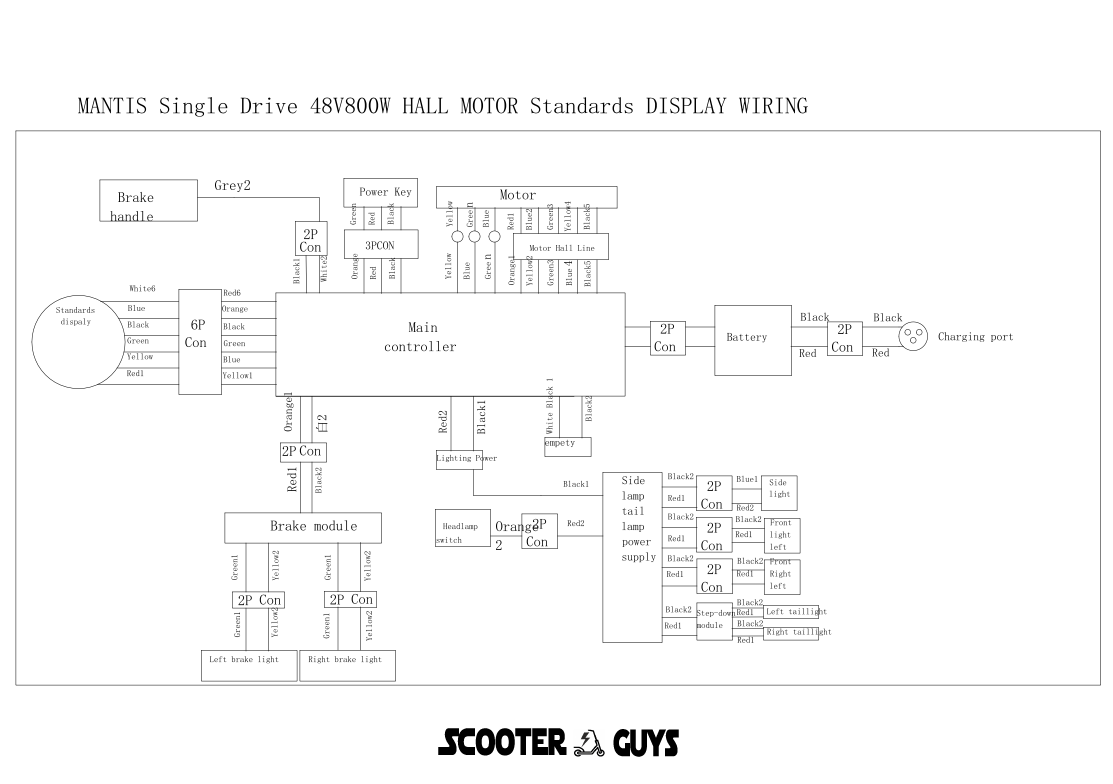Electric Scooter Parts: Unlocking Optimal Performance
Electric Scooter Parts: Unlocking Optimal Performance
Electric scooters, commonly known as e-scooters, have rapidly become a favored mode of urban transportation. Their compact size, ease of use, and eco-friendly nature make them ideal for zipping through city streets. However, like any mechanical device, e-scooters rely on various components to function effectively. Whether you’re commuting to work or cruising around town, understanding the essential parts of your electric scooter is vital for preventing breakdowns and maximizing performance. This essay delves into the key components that power your e-scooter and discusses how Scooter Guys, a leading supplier in the UK, offers a comprehensive range of escooter spares and ebike parts to keep your ride in top condition.
Key Components for Optimal Performance
When it comes to getting the most out of your electric scooter, several critical components play a significant role in ensuring optimal performance. These components include the battery, motor, wheels and tires, brakes, and frame design. Each part contributes to the scooter’s overall functionality and performance, making it essential to understand and maintain them properly.
1. The Battery: The Heart of Your E-Scooter
The battery is arguably the most crucial component of your electric scooter. It powers the motor and all electrical systems, determining how far and how fast you can travel. Lithium-ion batteries are particularly popular due to their lightweight nature and long lifespan. Investing in a high-quality battery from Scooter Guys can significantly enhance your scooter’s range and overall efficiency, ensuring that you can travel longer distances without worrying about running out of power.
2. The Motor: Driving Performance and Speed
The motor is another vital component that directly impacts your e-scooter’s performance. The type and power of the motor can influence acceleration, top speed, and the ability to handle inclines. Brushless motors, which are favored for their efficiency and low maintenance requirements, are available at Scooter Guys. Upgrading to a more powerful motor can give your scooter the extra boost it needs to tackle steeper hills or achieve higher speeds, providing a more exhilarating riding experience.
3. Wheels and Tires: Enhancing Ride Comfort and Stability
Wheels and tires are essential for ensuring a smooth and stable ride. The right tire pressure and tread pattern can make a significant difference in how your scooter handles various terrains. Scooter Guys offers a wide selection of wheels and tires, including options for both pneumatic (air-filled) and solid tires. Opting for larger wheels or specialized tires can improve stability and reduce rolling resistance, making your ride more comfortable and efficient, especially during longer commutes.
4. Braking Systems: Prioritizing Safety
Safety should always be a top priority, and a reliable braking system is crucial for any e-scooter. Scooter Guys provides a range of brake components, including brake pads, discs, and hydraulic disc brakes, which offer superior stopping power compared to standard mechanical brakes. Upgrading your braking system can enhance your scooter’s responsiveness, particularly in wet or challenging conditions, ensuring that you can stop quickly and safely when needed.
5. Frame Design and Weight Distribution: Balancing Comfort and Handling
The frame of your e-scooter plays a significant role in its handling and overall comfort. A well-balanced scooter frame, coupled with proper weight distribution, can improve your riding experience by providing better control and stability. Scooter Guys offers various frame components, including handlebars, stems, and suspension systems, allowing you to customize your scooter for a more comfortable and personalized ride. By making these upgrades, you can transform your scooter into a ride that not only performs well but also feels great to use.



